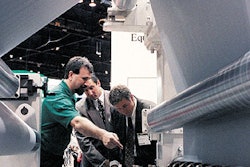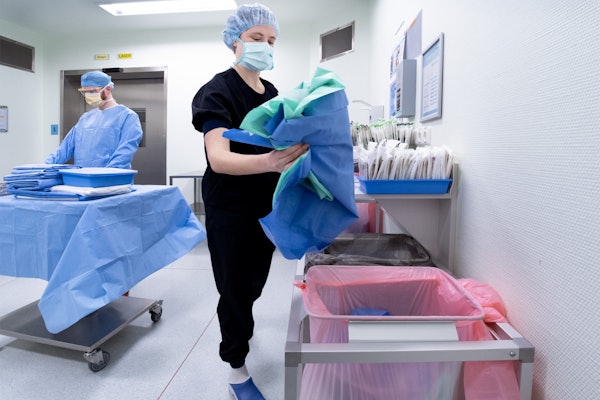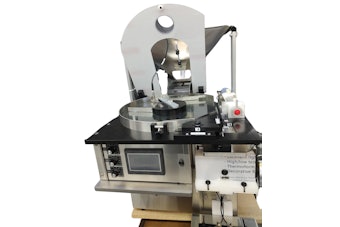Accelerated aging: An imprecise science
MD&M speaker updates accelerated and real-time aging methods for medical devices.
Dec 10, 2005
Start 2026 with Smarter Packaging for Life Sciences at PACK EXPO East!
Be the first to find what’s next in packaging for life sciences at PACK EXPO East. See solutions from 500 exhibitors, gain inspiration in free educational sessions and uncover new ideas for your industry and beyond—all in one trip to Philadelphia.
REGISTER NOW & SAVE
Sustainable Healthcare Packaging Solutions That Work
Industry leaders share proven strategies for reducing packaging emissions by up to 70% while meeting safety and regulatory requirements.
Read More
Downloads

















